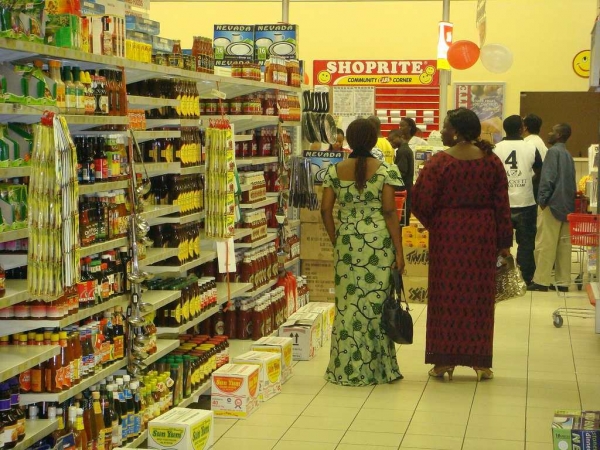As Africa has risen to prominence as an investment destination over the past several years, the role of retail and consumer goods has taken on greater significance, says Anton Hugo, retail and consumer industry leader at PricewaterhouseCoopers (PwC) Africa. Below are the key takeaways from PwC’s inaugural publication, “So much in store,” an in-depth study into the make-up of sub-Saharan Africa’s retail and consumer goods industries and outlook for those industries over the next five years. The study focuses on 10 economies which, PwC says, offer some of the most compelling opportunities for retail and consumer businesses looking to expand into Africa: Cameroon, Ethiopia, Ghana, Côte d’Ivoire, Kenya, Nigeria, South Africa, Tanzania and Zambia.
* The economic growth predicted for 2016 and beyond in some African countries and the growth expected in Africa’s consumer market provides major opportunities for retail and consumer companies looking to the future.
* Sub-Saharan Africa remains one of the world’s fastest growing regions and the successful expansion of a number of global and African retailers and consumer goods companies across the region speaks to the opportunities that exist.
* Because Africa’s fortunes are very much tied to those of the global economy, pressure on emerging market currencies coupled with a decline in oil and other commodity prices has seen pressure on government revenues and the ability of governments to increase social expenditure and wages in the public sector. African retailers will need to focus their efforts on operational efficiency and managing the effect on their operations of volatile currencies.
* Significant megatrends (demographic dividend; a growing middle class; rising income levels; rapid urbanization) will help to drive the retail and consumer goods industries and create future opportunities. Africa’s population is projected to increase to more than two billion by 2050 from one billion today, with its working-age population growing at a faster rate than the overall population. When the labor force grows faster than the population dependent on it, resources become available for investment in economic development and personal consumption, paving the way for rapid economic growth.
* Changes in consumer lifestyles and ambitions are influencing purchasing behavior and patterns. Overall, consumers in sub-Saharan Africa are becoming more aspirational and brand-conscious, largely as a result of growth in Internet penetration and travel. Those who can afford it are also becoming more health-conscious, favoring nutritious and healthy foods.
* Homegrown African enterprises are becoming dominant players in local markets and expanding their presence across the rest of the continent.
* For the foreseeable future, informal retail will continue to dominate sales in sub-Saharan Africa. With the exception of South Africa and Angola, it is estimated that upwards of 90 percent of sales in the study’s 10 focus countries is through informal channels such as markets, kiosks, tabletop sellers and street hawkers.
* The industry is in the process of modernizing, with a number of western-style shopping centers taking shape in countries like Nigeria, Kenya and Ghana. In some countries – such as Ghana, Nigeria and Zambia – many of the malls are anchored by South African retailers. Elsewhere, the building of shopping malls is challenging and expensive due to difficulties in securing land, resources, and the costs associated with building.
* There is a growing movement towards local production, driven by, among others, political stability and government incentives to boost local manufacturing.
* A critical success factor for retailers and consumer goods companies moving into many African countries has been their ability to implement supply chains that deal with operational challenges. Given the size of Africa, supply chains tend to be complex and expensive. Other obstacles include poor transport, inadequate local supply capacity and the dominance of informal retail trade.
* The dominance of informal trade and Africa’s large rural population makes distribution a complex exercise. However, as 90 percent of sales are made through informal channels, those who ignore this segment are missing out on a significant share of potential revenue.
* Each country in Africa has its own value proposition. Smart investing in Africa means investors need to understand key regions and local markets. Despite the risks, investors and retailers will continue to see the African market as a huge opportunity.













